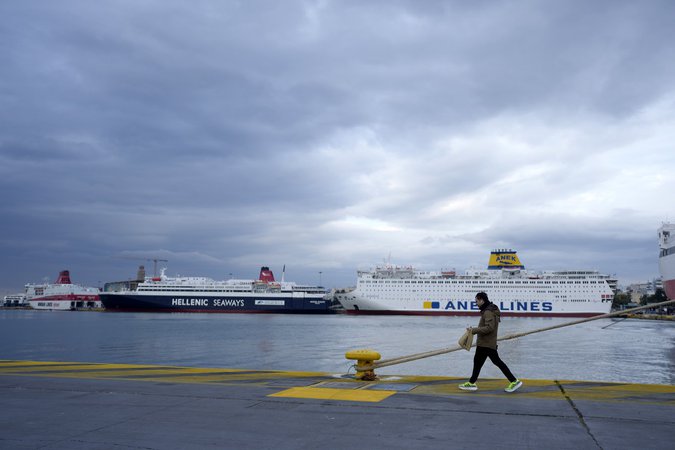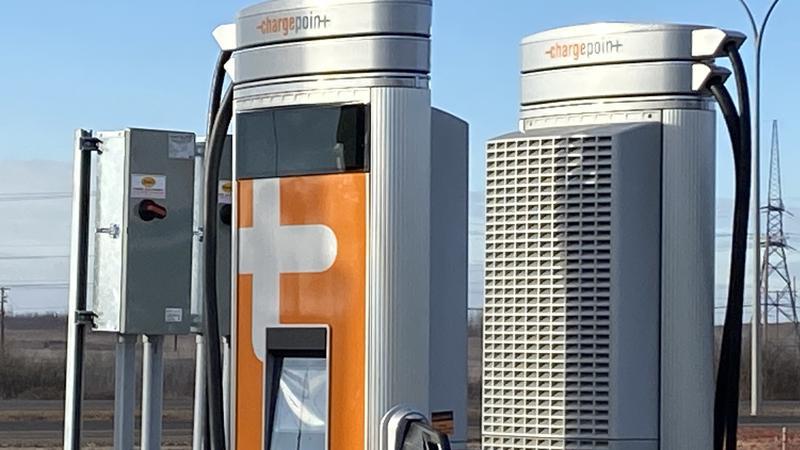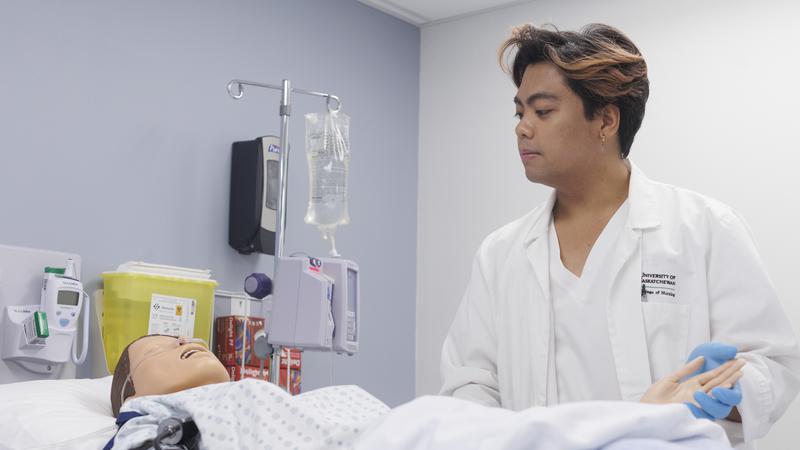
Violent protests in Athens on rail crash anniversary as frustration over system failures boils over
ATHENS, Greece (AP) — Protesters hurling Molotov cocktails and smashing paving stones clashed with riot police firing volleys of tear gas and stun grenades in central Athens Friday, as tens of thousands of people took to the streets of cities across Greece to mark the second anniversary of a devastating train crash that has become a symbol of institutional failure.
Paramedics were seen carrying at least one protester away from the scene of violent clashes near the capital’s central Syntagma Square, where a rally was taking place to to demand justice for the 57 people killed on Feb. 28, 2023, when a passenger train collided head-on with a freight train.
Friday’s protests, among the largest since Greece’s debt crisis a decade ago, have been fueled by public resentment against the conservative government’s perceived inaction.
The protests and a general strike were part of a mass mobilization, led by relatives of the 57 people killed. Critics say that politicians should be held accountable for failures that led up to the crash, but so far only rail officials have been charged with any crimes.


